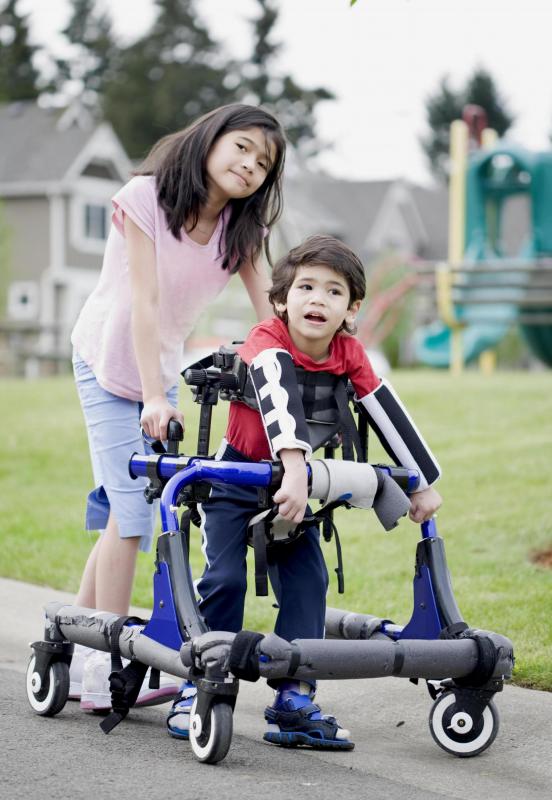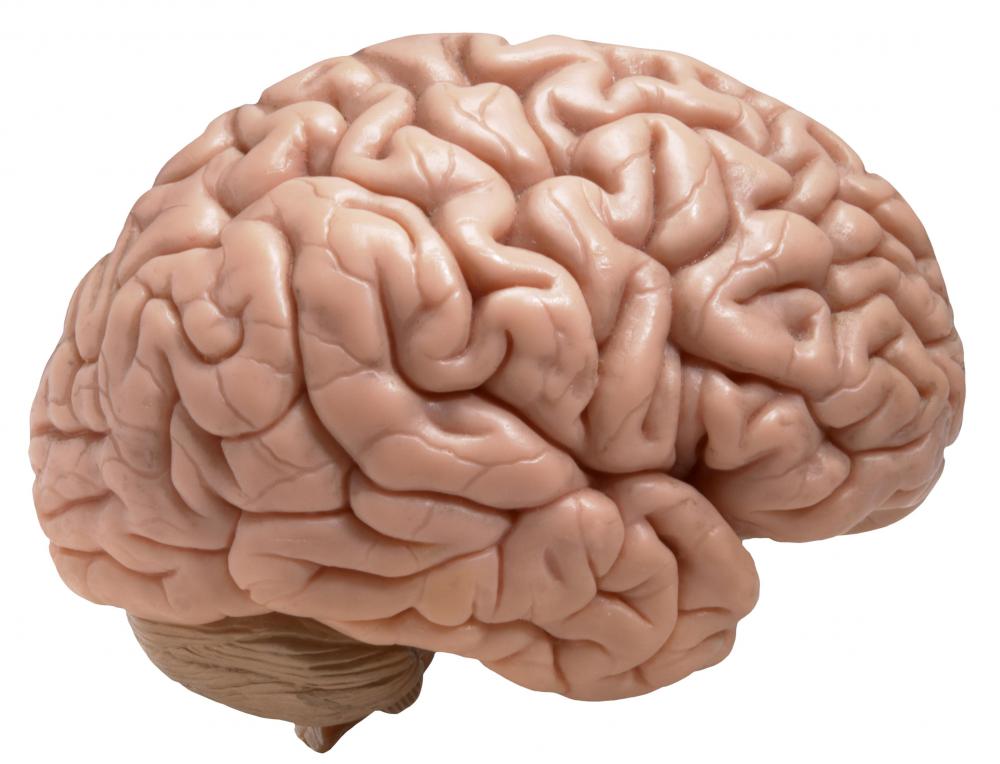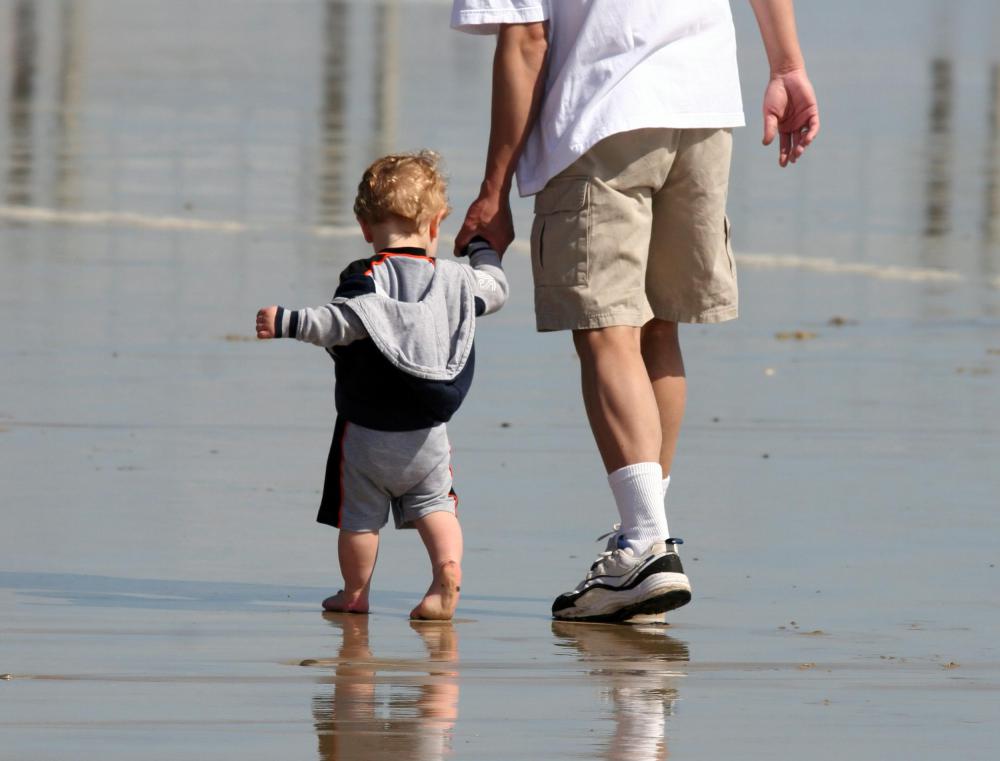At WiseGEEK, we're committed to delivering accurate, trustworthy information. Our expert-authored content is rigorously fact-checked and sourced from credible authorities. Discover how we uphold the highest standards in providing you with reliable knowledge.
What is Athetosis?
Athetosis is a term which describes a particular kind of movement common to people with conditions such as Huntington’s disease and others which affect the central nervous system. Athetotic movement is slow and sinuous, and affects mainly the arms, legs, hands, and feet. People with this condition may also experience other types of atypical movement such as chorea, which causes involuntary jerky, rapid movements of the hands and feet.
Athetosis is a wholly involuntary type of movement. People with this movement disorder cannot maintain their arms, legs, hands, and feet in a stable, still position. Instead, they involuntarily move their limbs, often continuously, in a series of slow and writhing movements.

Athetotic movement can be caused in several ways. The most common causes are cerebral palsy, encephalitis, brain tumors, stroke, rheumatic fever, systemic lupus erythematosus, and traumatic brain injury. Kernicterus, a severe type of jaundice which occurs rarely in newborn babies, can lead to the type of brain damage which may cause athetotic movements. In addition, athetosis may develop as a side effect of antipsychotic medications, or as a result of amphetamine overdose or carbon monoxide poisoning.

People with this kind of movement disorder often also experience chorea. This type of movement is rapid and jerky, and most often involves the facial muscles. To a lesser extent the limbs may also be involved. When both types of movement occur in the same person, the movement pattern is referred to as choreoathetosis.
It is common for both types of movement to manifest as symptoms of progressive neurological disorders such as Huntington’s disease. This genetically inherited condition causes progressive cognitive deterioration in addition to movement disorders. Athetotic movement may also occur in Parkinson’s disease.

Athetosis and chorea are both the result of overactive basal ganglia. The basal ganglia are small compact groups of neurons which are located at the base of the cerebrum in the brain. The basal ganglia are very strongly associated with motor function and control, and when these structures are overactive, one or more types of involuntary muscle movement is the most common consequence.

Athetosis is generally treated according to the specific disorder which causes the atypical movement. In general, medications that reduce dopamine activity in the brain, such as antipsychotic, are used to suppress athetotic movement. This makes athetotic movement difficult to treat, as antipsychotic medications can actually cause this type of movement. A patient who is being treated with antipsychotics may sometimes try two or more different medications before his or her doctor settles on one which gives the most benefit with the fewest side effects.
AS FEATURED ON:
AS FEATURED ON:

















Discuss this Article
Post your comments